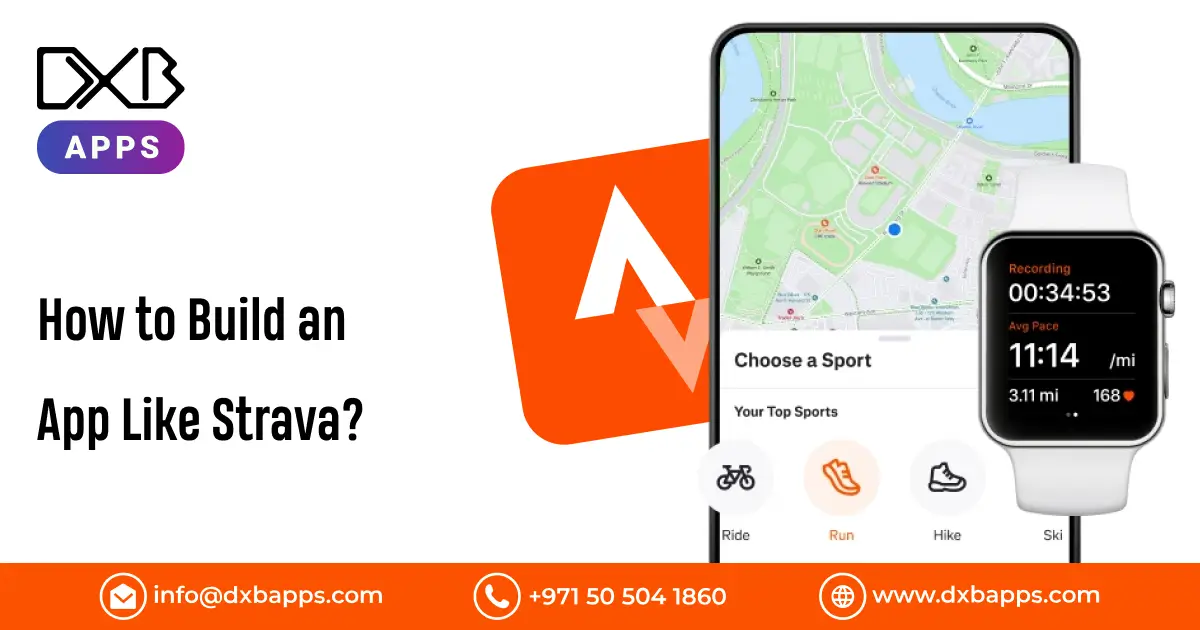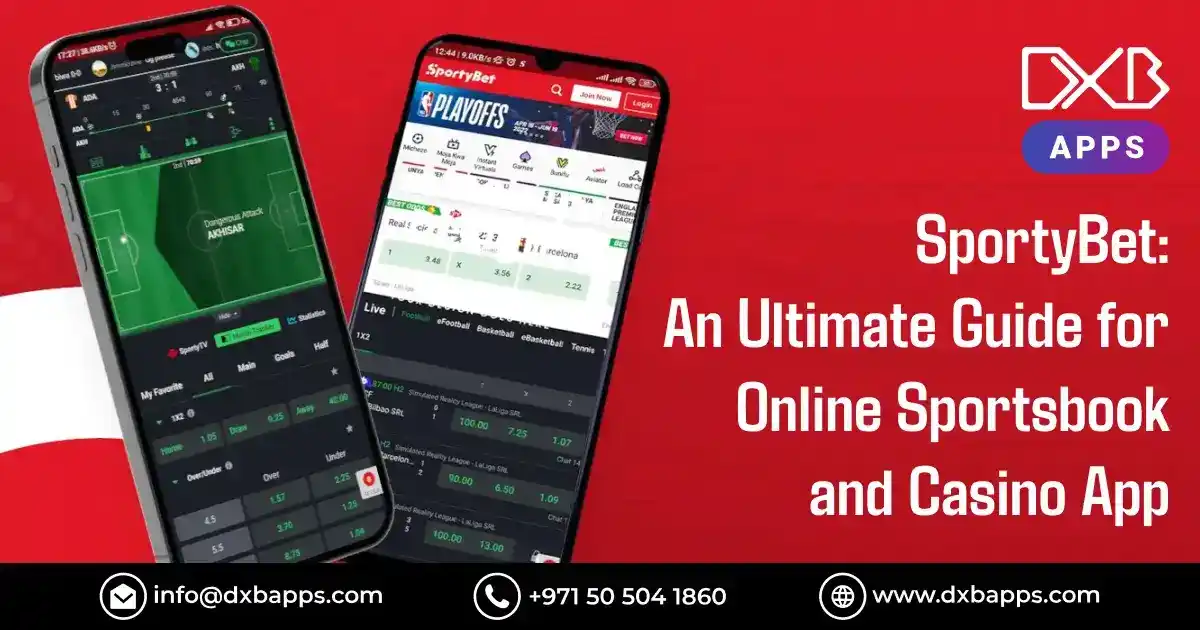With time and age of mobile phones nowadays, fitness enthusiasts also want their exercises recorded, to monitor their progress, and type of people to interact with. Among them, Strava is very popular as one of the best ones, where there is a complete set of tools for athletes to record activities, compare, and share experiences with like-minded individuals from all corners of the globe.
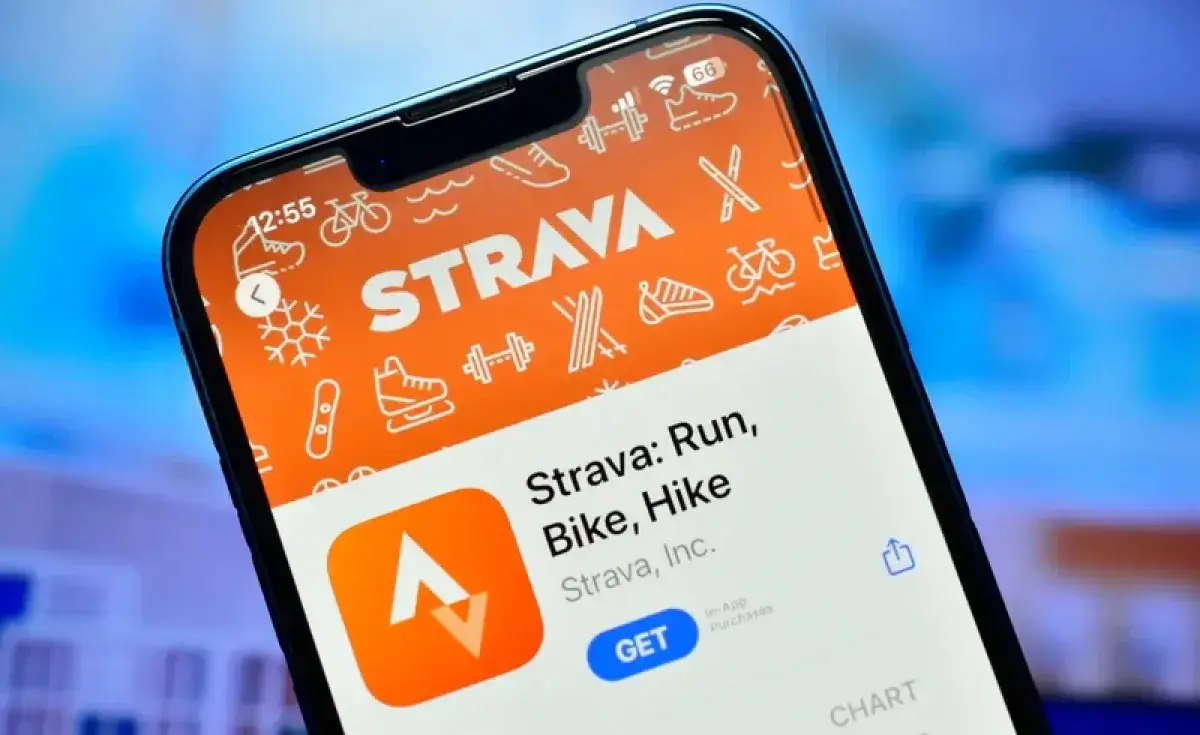
Understanding Strava: A Benchmark in Fitness Apps
With its launch in 2009, Strava has helped bring new technology into the world of sports. By tying GPS tracking to social media, it covers activities such as running, cycling, hiking, and others. It enables one to create personal goals, participate in challenges, and challenge friends, thus experiencing a sense of belongingness and motivation.
Key Features of Strava
To mimic the success of Strava bicycle app, it is essential to understand what makes it fundamentally different:
Activity Tracking
Strava's activity tracking feature employs GPS to precisely track your workout. Run, bike, hike, or walk – the app tracks key stats such as your route, distance covered, speed or pace, elevation gain, and overall time. It gives the user an accurate picture of his or her performance, as well as showing improvement over time. The user can also compare workouts, log personal bests, and look at past workouts whenever for motivation and outlook.
Social Networking
Strava combines exercise with social networking, and exercising is more enjoyable and engaging. You can track friends, family, and other rivals to see what they are doing in real time. You can also give and receive "kudos" (which is an internet thumbs up), comment on your posts, and share workout photos. The app also allows you to be part of local or global clubs and engage in activities at the community level, giving a sense of belonging and camaraderie among athletes.
Challenges and Objectives
The Strava app inspires you with regular tasks and sets personal targets for you. You can choose to walk, run, or cycle a decided distance each week or month as part of certain challenges. If you fulfill these challenges, you will be awarded digital badges. You always have the option to choose daily step, calorie burned, or distance goals. It enables you to stick to your schedule, tries to make you better, and adds some competition to your workout.
Integration with Wearables
Strava syncs well with hip fitness wearables and smartwatches like Garmin, Apple Watch, Fitbit, and Suunto. This gives your fitness data an automatic sync from your device to the application without having to input anything manually. Heart rate, steps taken, elevation, and sleep are also tracked using these wearables. This sync elevates your overall fitness experience and places all your performance statistics in one convenient spot.
Subscription Model
Strava has a freemium system, with essential features free and more advanced tools released after an initial premium subscription purchase. Basic accounts can follow a session and report back to others. Subscribers have access to more detailed performance information, route planning capability, live tracking for safety, and training guidance. Strava is apt for serious athletes who prefer to dive deeper into their data and improve their performance in the best manner possible.
Market Statistics and Insights
Understanding the market situation while developing a competing fitness app is essential. Below are some interesting facts:
User Base
Strava, as of 2025, is a worldwide fitness community that has over 150 million registered members worldwide. The popularity of the app is not limited to the European and American markets alone—there are healthier growths of users in markets like Brazil and Indonesia in the recent past. Such phenomenal growth serves as an example of the platform's worldwide popularity along with the capability of making headways in a huge active world of fitness enthusiasts.
Revenue
Strava's profitability is still increasing unchecked. In 2024, the firm achieved a turnover of $163.4 million, a remarkable increase from previous years. The increase signifies the success in its Strava subscription business that provides more premium features to those who want more advanced performance tracking and training facilities. The pattern of revenue also indicates how successfully it has managed to keep up with global fitness trends and users' requirements.
Engagement
Strava members are very active and interactive. The typical workout duration spent on Strava is around 53 minutes, indicating that members are not merely checking in for a few minutes—they're utilizing the app to monitor workouts. A long bike ride, morning jog, or hiking session isn't done without members using the app Strava to monitor their activity, posting it to friends, and pushing themselves to perform better.
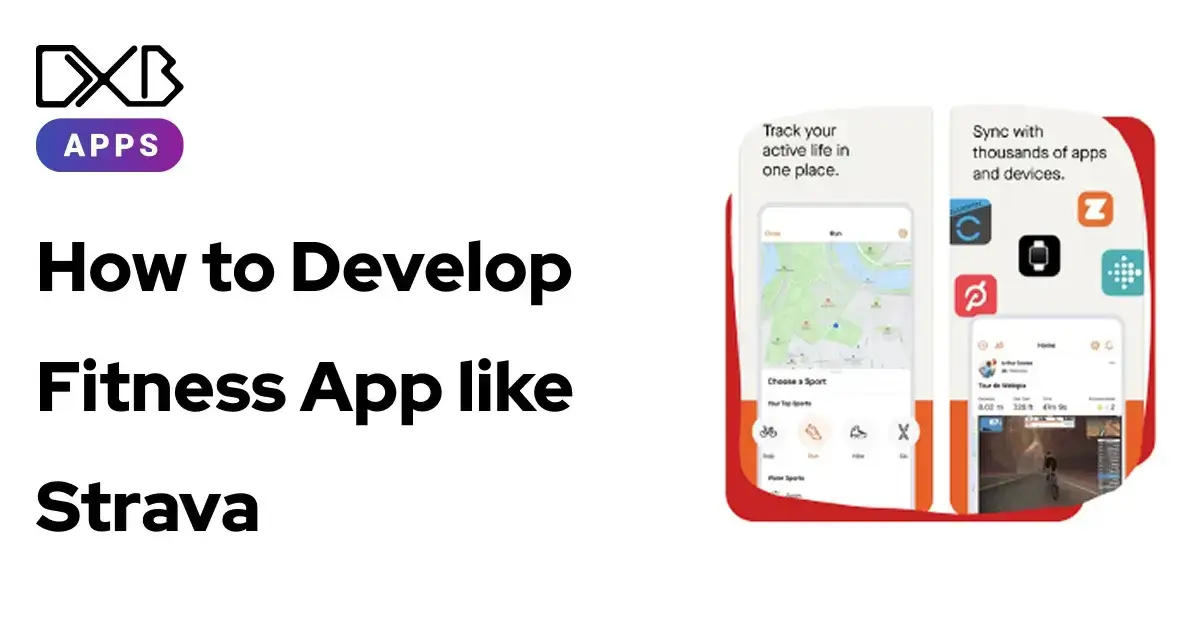
Technology Stack for Building a Strava-like App
For building a quality fitness app, one would require a quality technology stack:
Frontend: React Native or Flutter
For developing an app that works well on both Android and iOS, experts usually go with React Native or Flutter to make their frontend allow you to create one codebase that can be deployed across numerous devices, saving time and cost. Both offer great UI support, decent performance, and seamless integration with device capabilities like GPS and sensors—just what a fitness app like Strava needs.
Backend: Node.js or Django
The backend is where the smarts of your app happen, all of the operations in the background like login for the user, uploading of activities, and data processing. Node.js is fast and event-driven, perfect for real-time data like workout statistics. Django, a Python framework, is secure and easy to use. Both of these frameworks are perfect for managing the server-side functionality of an app like Strava.
Database: PostgreSQL or MongoDB
An application for fitness needs a solid database to store things such as user profiles, routes, activity history, etc. PostgreSQL is a solid SQL database for structured data. MongoDB is a NoSQL database more accommodating of unstructured data. Both are utilized based on your application's need for data, but both are utilized to achieve performance, reliability, and scalability.
GPS and Mapping: Mapbox or Google Maps API
GPS and Mapping are capabilities one cannot do without in apps like Strava. To record user paths precisely and show maps, developers incorporate libraries like the Google Maps API or Mapbox. These libraries enable you to display live locations, set paths, compute distances, and even mark terrain type or elevation. In a very literal sense, users can see their path—ride, run, or walk—because of these libraries.
Cloud Services: AWS or Google Cloud
Fitness apps need robust cloud services to manage massive amounts of data and user traffic. AWS (Amazon Web Services) and Google Cloud are two titans in hosting, storage, and processing capability. They offer fast and scalable solutions to enable your app to scale with ease. From storing media files to analytics, these cloud services enable your app to run smoothly, whether used lightly or heavily.
Monetization Strategies
In the spirit of profitability and survival, take the following monetization streams into account:
Freemium Model
The freemium model is a common approach to onboarding users with free base-level functionalities and paying for premium functionalities. Users can utilize apps like Strava to track activities and socialize without paying for it. But for users who would like more elaborate analysis, customized training plans, or advanced route planning, they can pay for it. It is a framework that finds the balance between monetization and access and encourages more people to use the app before spending money.
In-App Advertising
The second way to earn money is through in-app advertising. Strava can partner with sportswear companies, fitness gear companies, or healthy food companies to provide interest-based ads within the application. The ads are interest-based and therefore less obtrusive but more efficient. For example, a jogger can be displayed deals on new shoes or hydration gear while being in the application, benefiting the advertiser and users.

Affiliate Marketing
Strava cycling app can also earn revenue via affiliate marketing through the sale of exercise gear. As users click through a link to buy exercise gear like cycling helmets, smartwatches, or exercise supplements, the application earns from the sale. It is a concept that is in line with the active lifestyle theme of the app and provides the convenience of shopping to the users, and concurrently earns passive revenue for the site.
Data Analytics Services
By collecting a lot of user information, Strava running app can sell third parties data analysis services. This comes in the form of delivering anonymized information about heavily used running routes, bike traffic, or workout times of the day for city planners and public health organizations. These data are used for building improved infrastructure and healthier communities for cities, where Strava app for walking benefits from selling these beneficial data reports ethically.
Challenges and Solutions
While having an application for fitness is promising, it also comes with challenges:
Data Privacy
User data must always be protected by any fitness app. Since protecting user data is vital, developers are required to keep close watch on data protection laws like the GDPR. What this means is that users' personal information and exercise information are encrypted securely and accessed on a permission basis. Unbiased privacy practice and user control over information bring transparency and belief in the app's efforts in maintaining users' privacy.
User Retention
User retention is essential for an app to reach its goals. One way fitness apps keep users involved is by providing game features which offer badges, track results, and create challenges to reward users based on what they achieve. New features and bug fixes through frequent app updates also maintain the experience fresh and new. These steps engage users, keeping them logged in more and more and part of an active community, which drives long-term commitment.
Scalability
As the app grows, it has to accommodate more users and data without slowing down. That is where scalability is required—designing the app's architecture so that it is easily scalable. With cloud capabilities and modular code, thousands or even millions of users can be accommodated by the app simultaneously. Scalable architecture keeps running smoothly even when the app is fully utilized, and the app never crashes, keeping users satisfied as the count increases.
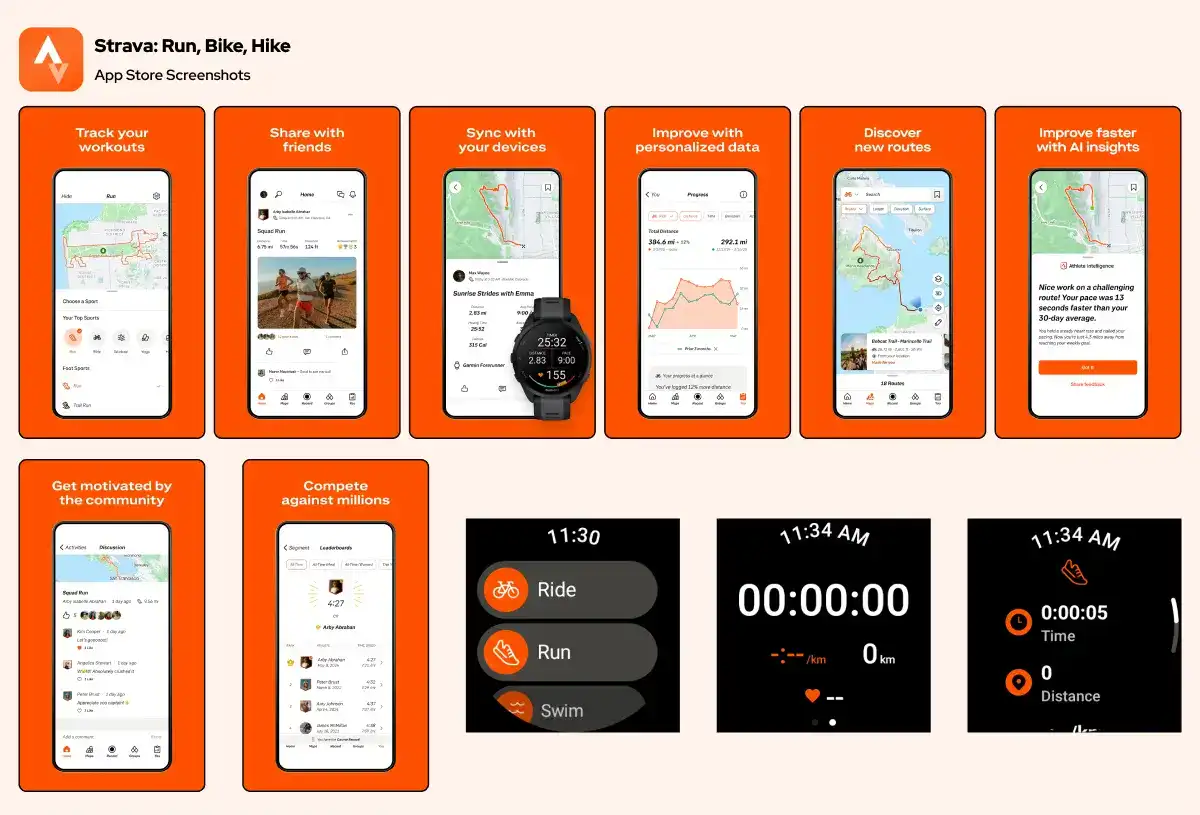
DXB APPS: UAE Fitness App Development Leaders
DXB APPS is a leading mobile app development company in UAE focused on creating personalized fitness apps according to clients' needs. Our team of professional mobile app developers applies cutting-edge technology in delivering innovative yet customer-centric solutions. We make certain that all our apps meet industry standards and go above what our clients require from us.
Conclusion
Developers need to have both technical, market, and user interface skills to develop a Strava mobile app. Prioritizing the most critical features, using the best technology stack, and incorporating good monetization approaches all enable developers to create a platform that attracts health enthusiasts across the world.
FAQs
Q1: How long does development for a fitness app like Strava take?
The time to develop a Strava mobile application will depend on the feature size and complexity to adopt. The norm is a timeframe of 4 to 9 months from initial conception through deployment. This includes design, development, testing, and deployment phases. Adding functionality like social networking or wearable integration can make timelines even longer, so well-defined project objectives are instrumental to successful development.
Q2: How much does it cost to build an app like Strava?
Building an app similar to Strava depends a lot on how advanced the design is, which platforms it runs on, and how many features are included. Usually, people budget between $50,000 and $150,000 for their construction costs. Spending on premium features, backend services, and support with wearables or maps will drive the cost higher.
Q3: How do I maintain user data privacy in my fitness app?
To protect user data privacy, apply stringent encryption methods to secure data in transit and storage. Adhere to international regulatory standards like GDPR to make users masters of their data. Be transparent about your privacy policies and allow users to choose the kind of data they can provide. Security updates and routine security audits will also keep your app free from data breaches and help acquire user trust.

